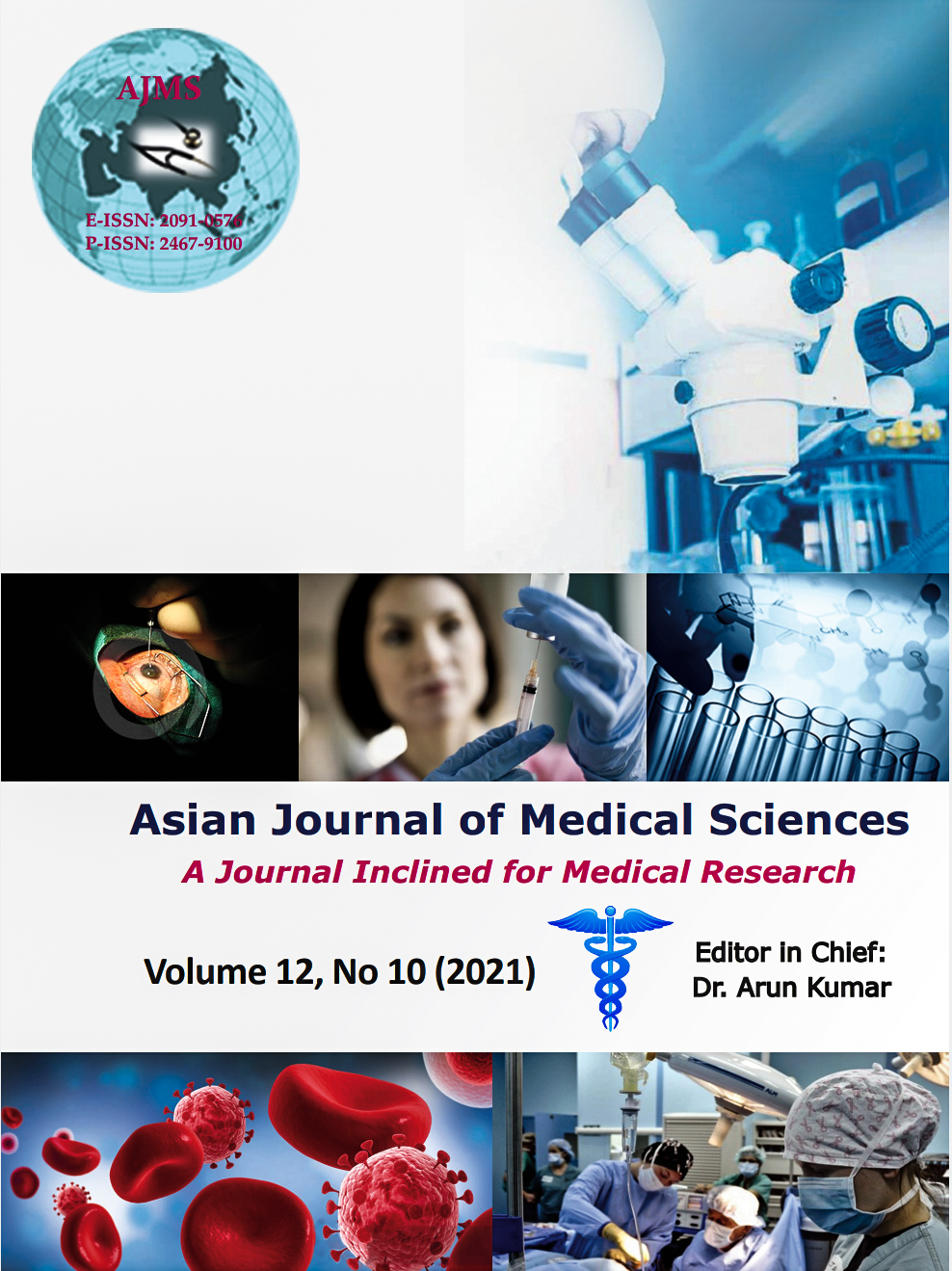Pulmonary function test correlation with subclinical respiratory dysfunction in chronic cervical cord compression
Keywords:
Cervical myelopathy, Spirometry, Respiratory dysfunctionAbstract
Background: To assess respiratory function in cervical chronic compressive myelopathy (CCM) patients in pre-operative period, post-operative period and to compare pre-operative status with post-operative status.
Aims and Objectives: 1. To assess respiratory function in cervical CCM patients in pre-operative period. 2. To assess respiratory function in cervical CCM patients in post-operative period, following relief of compression. 3. To compare, pre-operative status with post-operative status.
Materials and Methods: A prospective study was done in 50 patients with cervical CCM due to either cervical disc disease or ossified posterior longitudinal ligament (OPLL) who were operated. None of the patients included in the study had any clinical signs & symptoms of respiratory dysfunction. Spirometry was performed in pre-operative and postoperative period after 3 months and results were analyzed. Forced vital capacity (FVC), forced expiratory volume in first second (FEV1), ratio of mean FEV1 to FVC (FEVI: FVC%) and peak expiratory flow rate (PEFR) were calculated.
Results: Majority of the patients were in their fourth decade of life with male predominance. Thirty-six patients (72%) presented with prolapsed intervertebral disc and 14 patients (28%) had ossified posterior longitudinal ligament (OPLL). Patients were operated depending upon the pathology. The present study showed that there was significant reduction in preoperative FVC, FEV1, PEFR values as compared with predicted values and they showed significant improvement in post-operative period after surgical relief of compression.
Conclusion: Significant yet occult respiratory dysfunction in form of impairment of various lung capacities exists in patients with cervical CCM. An objective evaluation of this occult respiratory dysfunction is essential to prognosticate, prevent respiratory complications and to improve post-operative respiratory rehabilitation. Institution of incentive spirometry as a routine in all cervical CCM cases will be of benefit in preventing respiratory complications.
Downloads
Downloads
Published
How to Cite
Issue
Section
License
Copyright (c) 2021 Asian Journal of Medical Sciences

This work is licensed under a Creative Commons Attribution-NonCommercial 4.0 International License.
Authors who publish with this journal agree to the following terms:
- The journal holds copyright and publishes the work under a Creative Commons CC-BY-NC license that permits use, distribution and reprduction in any medium, provided the original work is properly cited and is not used for commercial purposes. The journal should be recognised as the original publisher of this work.
- Authors are able to enter into separate, additional contractual arrangements for the non-exclusive distribution of the journal's published version of the work (e.g., post it to an institutional repository or publish it in a book), with an acknowledgement of its initial publication in this journal.
- Authors are permitted and encouraged to post their work online (e.g., in institutional repositories or on their website) prior to and during the submission process, as it can lead to productive exchanges, as well as earlier and greater citation of published work (See The Effect of Open Access).




